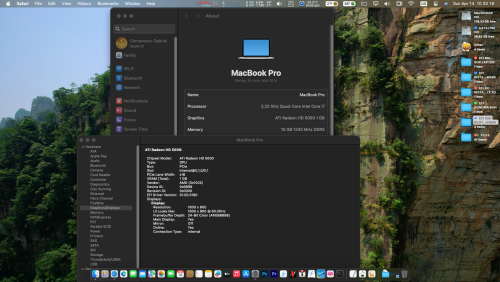Apple has published an article on Aspyr's (maker of Sims 2, Doom 3, and others) efforts to begin porting their software to x86 binaries.
It gives us an interesting (if not entirely predictable) look at how software companies are charting their way through the transition.









Recommended Comments